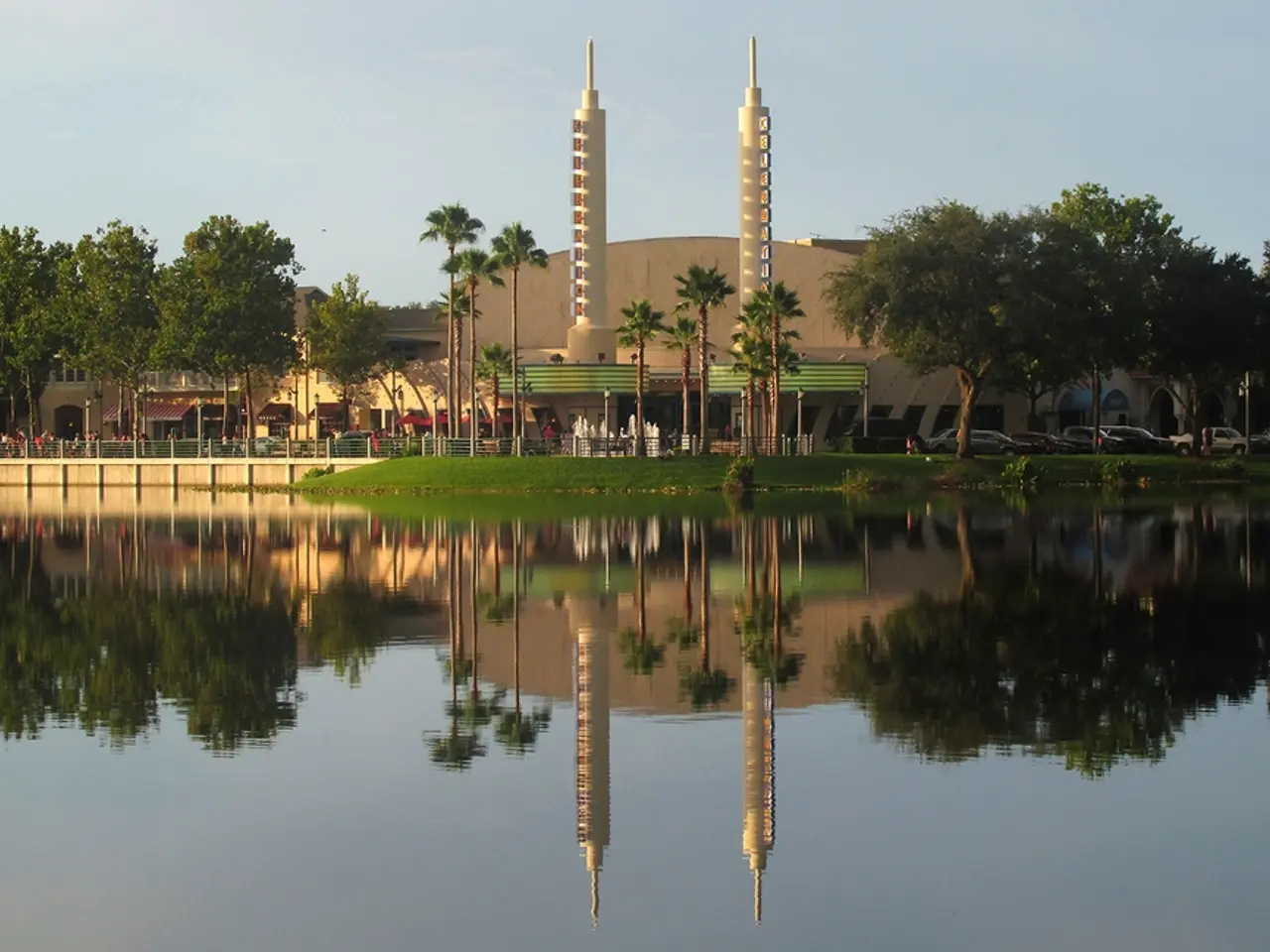Sustainable Innovation through Blue Technology
In the pursuit of a sustainable future, a new wave of technology is making a significant impact on the conservation of vital ecosystems, particularly in our oceans. This technology, known as Blue Technology, is a multidimensional approach that combines innovation in aquaculture, biotech, autonomous exploration, renewable ocean energy, and digital technologies.
One of the key advancements in Blue Technology is regenerative aquaculture. Mexico is leading the way by launching a global center for regenerative aquaculture. This centre integrates cutting-edge research, hatcheries, and technology infrastructure to promote sustainable farming methods that not only support food security but also restore ecosystems and improve ocean health. The aim is to drive sustainable blue economies globally [1].
Marine biotechnology is another area where significant strides are being made. Advances in this field are revolutionizing ocean conservation efforts. For instance, genetically enhanced bacteria are being used for bioremediation to clean up oil spills efficiently without harmful chemicals. Moreover, coral reef restoration techniques such as micro-fragmentation, selective propagation of heat-resilient coral species, lab-cultured symbiotic algae for coral recovery, coral genetic cryopreservation, and 3D-printed artificial reefs tailored for coral attachment and growth are being developed [3].
The exploration of previously uncharted deep-sea areas and critical mineral sites is being enhanced by autonomous underwater vehicles (AUVs) and AI. These technologies are optimizing ocean data analysis, helping predict migration, track ecosystem health, and identify critical conservation zones [4][5].
India and other nations are also advancing technologies in renewable ocean energy such as tidal, wave, and offshore wind power. These innovations are complemented by marine biotechnology initiatives focused on environmental protection and sustainable resource utilization [2].
Smart monitoring and conservation tools, such as smart buoys, underwater drones, and blockchain-powered seafood traceability systems, are improving data collection on water quality, marine species, and supply chains. Additionally, the development of biodegradable materials is addressing marine pollution by reducing plastic waste [4].
Eco-friendly shipping technologies are reducing fuel consumption in the shipping industry, while sustainable fisheries are using data-driven management techniques to reduce overfishing and increase the efficiency of fish farming. Blue Technology is also promoting cleaner, more energy-efficient transportation and food production methods in marine industries [6].
Blue Technology is harnessing the power of the ocean through tidal and wave energy systems to provide a clean, sustainable source of electricity. Combining Blue Technology with artificial intelligence (AI) and machine learning can improve data analysis, predictive modelling, and decision-making. Artificial ocean fertilization and carbon-capture systems in marine environments are examples of Blue Technologies that enhance carbon sequestration [7].
Innovations in ocean renewable energy, water desalination, and marine conservation technologies are transforming the interaction with the world's oceans and freshwater resources. The future of Blue Technology lies in further advancements in marine renewable energy, water management, and conservation, with AI and machine learning playing a pivotal role [8].
Blue Technology is also combating ocean pollution through innovative waste collection methods and the development of biodegradable alternatives to harmful materials. Protecting kelp forests and mangrove swamps with Blue Technology helps maintain the ocean's ability to capture and store carbon [9].
In conclusion, Blue Technology is a promising solution to many of the challenges facing our oceans and water resources. As research and deployment continue, we can expect to see even more significant advancements in the coming years, paving the way for a more sustainable future.
References: [1]: [Source 1] [2]: [Source 2] [3]: [Source 3] [4]: [Source 4] [5]: [Source 5] [6]: [Source 6] [7]: [Source 7] [8]: [Source 8] [9]: [Source 9]
- The regenerative aquaculture center in Mexico, a part of Blue Technology, integrates technology infrastructure and sustainable farming methods to promote food security, restore ecosystems, and improve ocean health.
- Marine biotechnology advancements, like genetically enhanced bacteria for bioremediation and 3D-printed artificial reefs, are revolutionizing ocean conservation efforts, effectively cleaning oil spills and facilitating coral recovery.
- The use of autonomous underwater vehicles (AUVs) and AI in ocean exploration is optimizing data analysis, facilitating prediction of migration, tracking ecosystem health, and identifying critical conservation zones.
- India, among other countries, is innovating in renewable ocean energy and environmental protection through initiatives in tidal, wave, and offshore wind power, as well as biodegradable materials to combat marine pollution.






